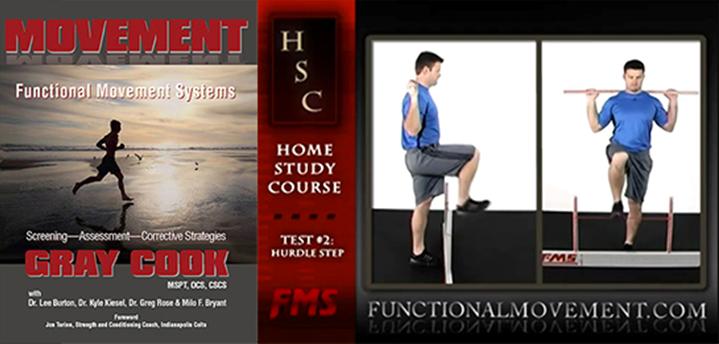Anybody who thinks this through this will realize that we train patterns, not parts. Yoga, martial arts, kettlebells, dance, gymnastics and the wide array of natural movements caused by our environment are all brought to being through patterns, not by parts. The parts of the body and the structure of the body submit themselves to the will of the pattern.
Patterns that exploit opportunities to deal with force result in stronger parts. Patterns that rely on quick reaction time create parts that respond in an instant. Patterns that create flexibility yield parts that are extensible. In all of the situations that are real in life, we develop better patterns, and the parts respond.

The essence of the term ‘functional exercise’ is exercise that carries over into numerous activities—activities that create fundamental foundations, which support more specific skills. These things are so important that they must have markers. Just like healthy brain waves have markers, healthy blood work has markers and healthy body composition has markers, shouldn’t healthy movement patterns have markers?
The Functional Movement Screen (FMS) is a test built on the layers of fundamental and functional movement that create markers to give feedback about movement pattern quality. Activities like gymnastics, martial arts and yoga usually have the intense scrutiny of a mentor, coach or instructor. These moving art forms are highly qualitative. Much of modern exercise has become largely quantitative, and therefore requires a skilled coach and trainer to maintain quality in the presence and pursuit of quantity.
It is in Western culture where we focus on the quantity of movement and neglect the quality of movement. Things that bring us back in balance will create a more holistic outcome. As we seek to train the quantities of strength, endurance, power and sports skills, let’s use something like a simple movement screen every four months to see if our pursuit of fitness also establishes function, and to see that our pursuit of quantities maintains a minimum standard of quality.

This curriculum involves the
Movement book, a lecture video on
Applying the Model, a lecture video on
Key Functional Exercises You Should Know and a lecture video on
The Future of Exercise Program Design. As you learn the technical skill of
Functional Movement Screening, you will develop your philosophy of functional movement and learn to use the systematic logic provided by the model of Functional Movement Systems.

If you’re a little skeptical and aren’t quite ready to take the step to
become certified in the Functional Movement Screen, we still invite you to start with our curriculum and look at the logic behind the model. If you’d like to hear a lecture, watch the three videos I just mentioned. If you’re a reader, start with
Movement.